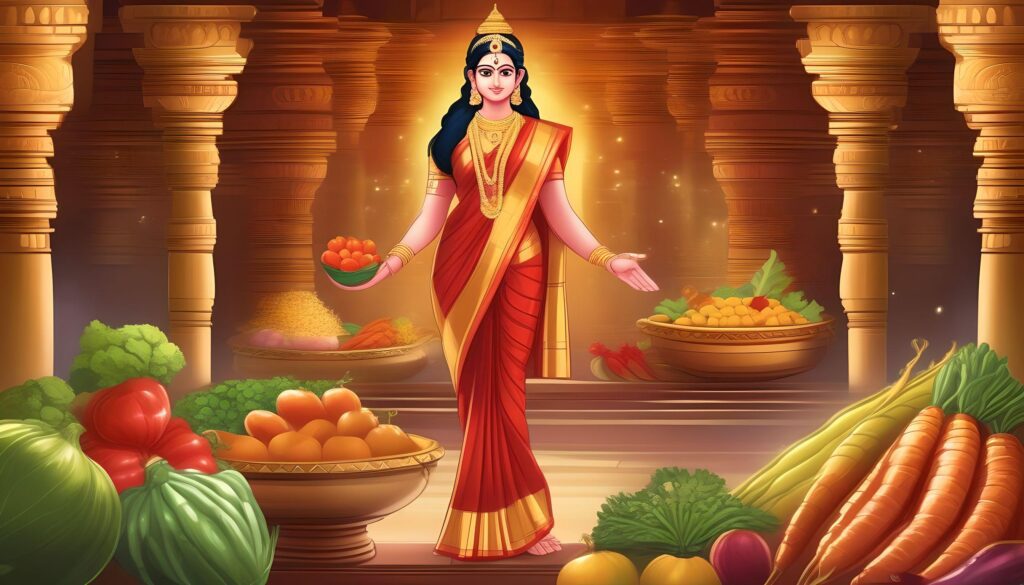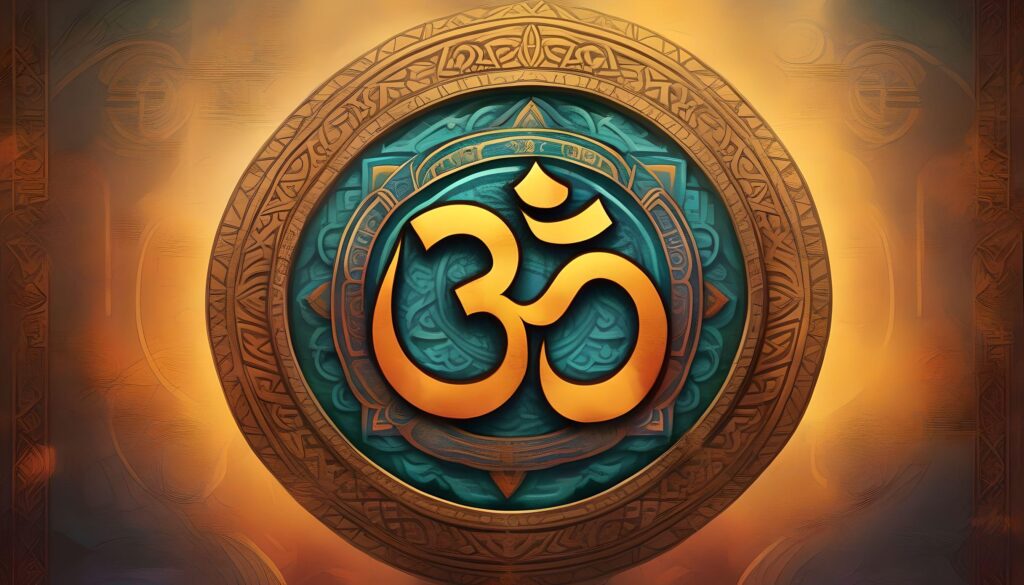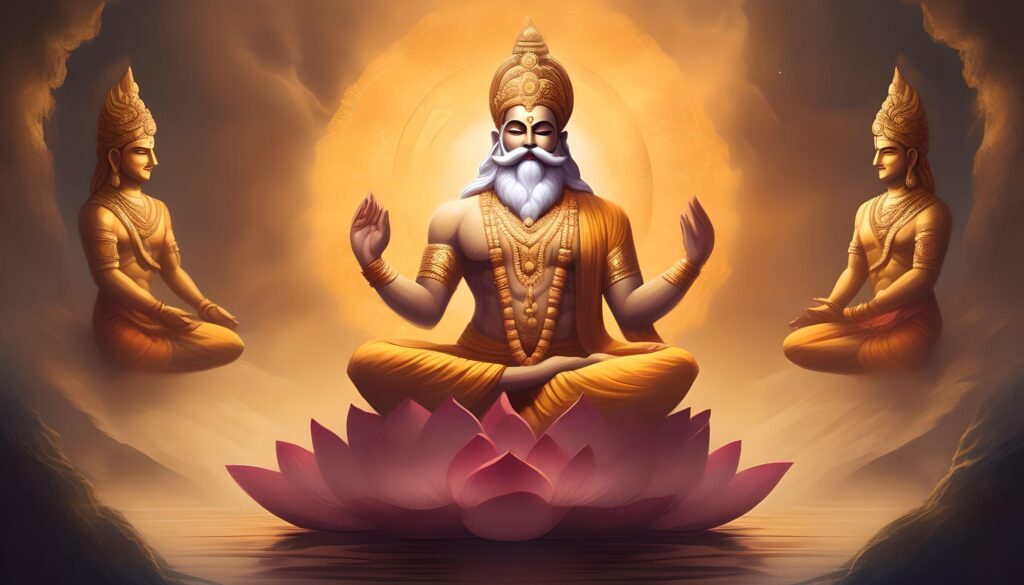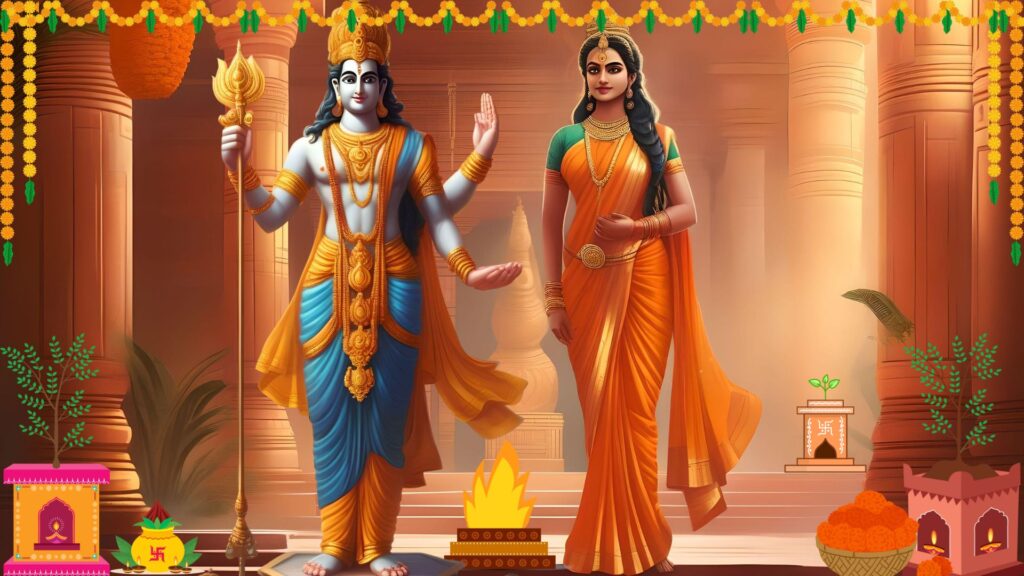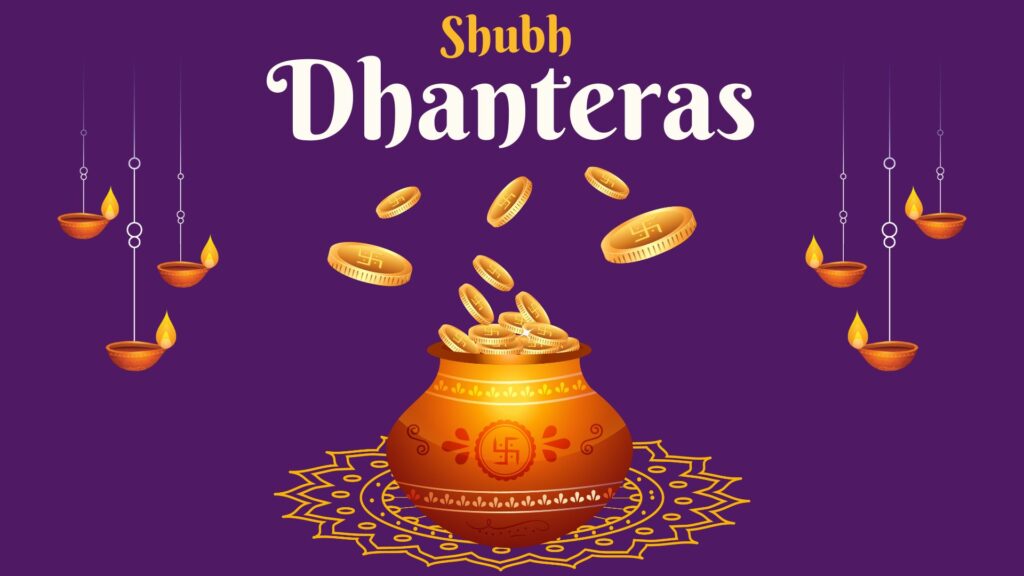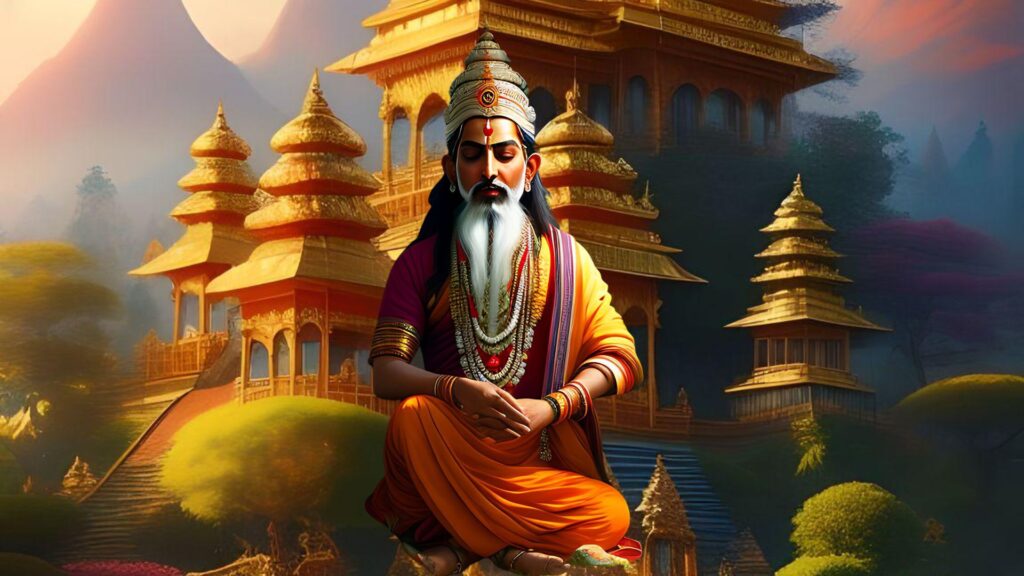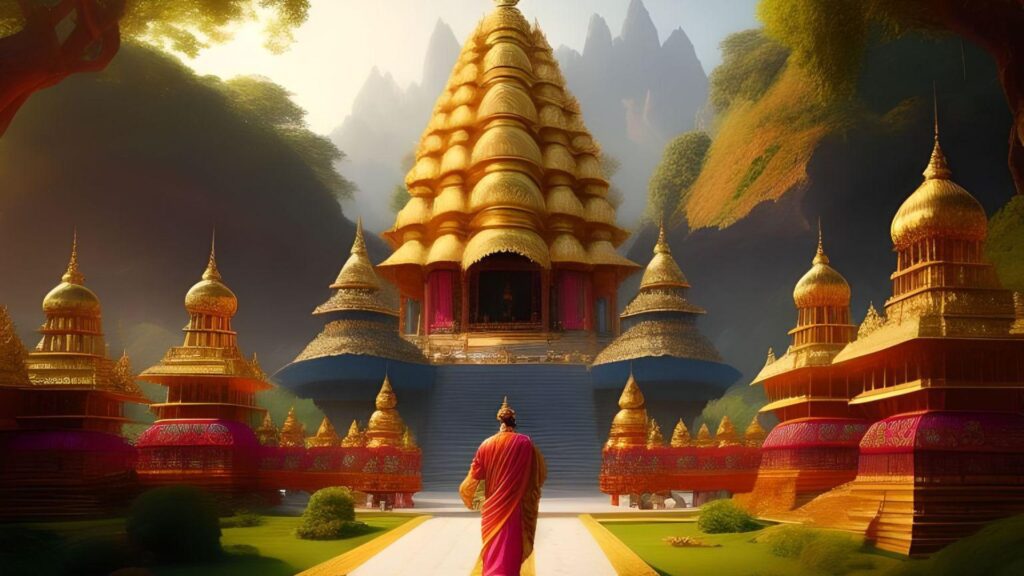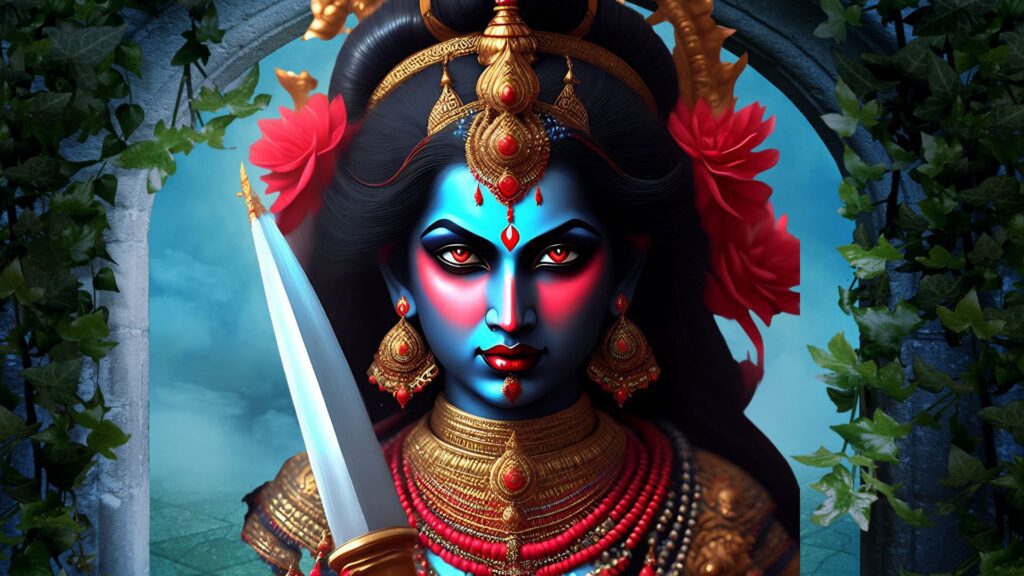Shakambhari Purnima: Celebration of Goddess of Nourishment
Shakambhari Jayanti, or Shakambhari Purnima, is a momentous Hindu festival that is commemorated in India with the intention of paying homage to the deity Shakambhari. This fortunate day occurs during the Purnima, or full moon, of the Pausha month, which is commonly associated with the month of January. The festival is of great significance due to the fact that it signifies the conclusion of the eight-day Shakambhari Navaratri. On this day, fervent and devoted devotees convey their appreciation to the goddess for providing sustenance and bestowing blessings.
The Legend of Shakambhari Devi
Shakambhari Devi, an incarnation of Devi Bhagwati, is a supreme Hindu deity. Shakambhari Devi, as described in the Devi Bhagavata Purana, is said to have materialized on Earth with the purpose of averting a catastrophic drought instigated by the asura Durgama. Even more, the sacred Vedas were taken from the Brahmins by the asura, which caused immeasurable anguish and suffering.
As a result of the Brahmins’ and the afflicted beings’ entreaties, Shakambhari Devi materialized with the intention of reinstating equilibrium and prosperity. By manufacturing an assortment of vegetative products using her own form, she ensured that all living things on the planet had access to nourishment and hydration. In addition to nourishing and providing for her devotees, the goddess administered punishment to those who had committed sins and evil actions. Her benevolence and guardianship procured her the appellation “deity of sustenance.”
Shakambhari Navaratri: A Celebration of Devotion
Shakambhari Purnima marks the conclusion of the eight-day Shakambhari Navaratri celebration. Shakambhari Navaratri commences on Ashtami and concludes on Purnima, in contrast to other Navaratri festivities which commence on Shukla Pratipada. However, the length of the festival may fluctuate in certain years as a result of omitted or leaped Tithis.
Devotees partake in a multitude of religious observances throughout Shakambhari Navaratri in order to manifest their reverence for Shakambhari Devi. They rise early, bathe in a bath deemed auspicious, and recite incense to the deity. Puja is conducted in both residential and temple settings, where the veneration of the goddess’s murti (idol) is given particular emphasis. The arati ceremony is performed, during which flowers and sweets are sacrificially offered to the deity and diyas are lighted. Invoking Shakambhari Devi’s blessings, some devotees additionally recite sacred texts like the Durga Chalisa.
Celebration and Observance
In addition to its spiritual significance, the observance of Shakambhari Purnima encompasses a multitude of cultural and traditional customs. Shakambhari Devi’s temple, which is among the most renowned, is situated in the Uttar Pradesh district of Saharanpur. A large number of devotees visit this temple during Shakambhari Purnima in order to behold the goddess’s favor.
A magnificent fair is held in observance of Shakambhari Mata’s birth anniversary, which draws lakhs of devotees from throughout the nation. In Saharanpur, close to the Shakambhari Devi Temple, the fair generates an exuberant ambiance characterized by fervor, devotion, and festivity. Spectacles ornament the idol of Maa Shakambhari, to whom devotees congregate in order to behold her blessings and utter their prayers.
Shakambhari Navaratri is observed in numerous regions of India besides Saharanpur. Devotees in Rajasthan, Karnataka, Maharashtra, and certain regions of Tamil Nadu pay homage to the deity by various appellations, including Banashankari Devi. Devotees assemble at the Banashankari Temple in Badami, Karnataka, to honor the deity; it is an important pilgrimage site. Delightful cultural performances, elaborate rituals, and prayers characterize the festival, which inspires a sense of unity and jubilation among the devotees.
Observing the Fast
A significant number of devotees fast during Shakambhari Navaratri to demonstrate their devotion to Shakambhari Devi and to request her blessings. Others observe the fast only on the initial and final days of the festival, whereas some choose to fast for the entire duration. By symbolically purifying the body and mind, the fast enables devotees to establish a connection with Shakambhari Devi’s divine energy.
The fasting procedure commences with an early morning awakening followed by the performance of a sacred bath. After purifying the area of devotion, gangajal (sanctified water) is presented to the deity. Prasadam (sacred food), fresh fruits, vegetables, and blossoms adorn the entire worship space. To procure the blessings and presence of Shakambhari Devi, devotees recite petitions and mantras, including the Banashankari Pratah Smaran Mantra.
Shakambhari Devi Mantras and their Significance
Mantras hold great importance within the context of Hindu worship; it is believed that reciting the mantras linked to Shakambhari Devi will result in spiritual development, well-being, and sustenance. Shakambhari Devi is venerated through the recitation of “Om am sham shaakambharii-devyai namah,” the principal mantra, which is employed to solicit the goddess’s beneficence and establish her presence.
An additional efficacious mantra to invoke the protectorate of Shakambhari Devi is “Om am sham shaakambharii-devyai sakala-sthaavara jangama-rakShakii dhana-dhaanya vritti-karinyai namah.” This mantra highlights the goddess’s position as the bestower of sustenance, affluence, and profusion. Engaging in the fervent and genuine recitation of these mantras may facilitate the surmounting of challenges, the acquisition of wealth, and the voyage of spiritual development.
The Significance of Shakambhari Jayanti
Shakambhari Jayanti is a day of great importance to those who venerate Shakambhari Devi. The goddess’s benevolence, compassion, and guardianship earn her reverence. Shakambhari’s appellation denotes her predilection for gardening, fruits, and verdant foliage. As the deity of nourishment, she guarantees an ample supply of sustenance for all living things.
Shakambhari Devi is frequently portrayed adorned with numerous eyes that span her entire body, signifying her vigilant observation and compassion for all sentient entities. A lotus, signifying the allure of life, is grasped in her upper right hand, whereas a bow and arrow, representing defense and protection, are held in her upper left hand. The adornment of the lower limbs with fruits, vegetables, roots, herbs, and flowers symbolizes her divine status as the provider of sustenance and patron of vegetation.
Conclusion
Shakambhari Purnima is an auspicious and joyous occasion commemorating the divine presence of the deity of nourishment, Shakambhari Devi. Shakambhari Navaratri is observed with profound devotion and gratitude by devotees, who beseech the deity for protection, prosperity, and abundance. By way of prayers, rituals, and cultural festivities, the festival unites individuals in adoration of the deity. During the jubilations, followers are served a poignant reminder of the criticality of spiritual and physical sustenance in their existence.
#Shakambhari #Purnima #ShakambhariPurnima #Goddess #nourishment #Jayanti #Devi #mantra #Navaratri
